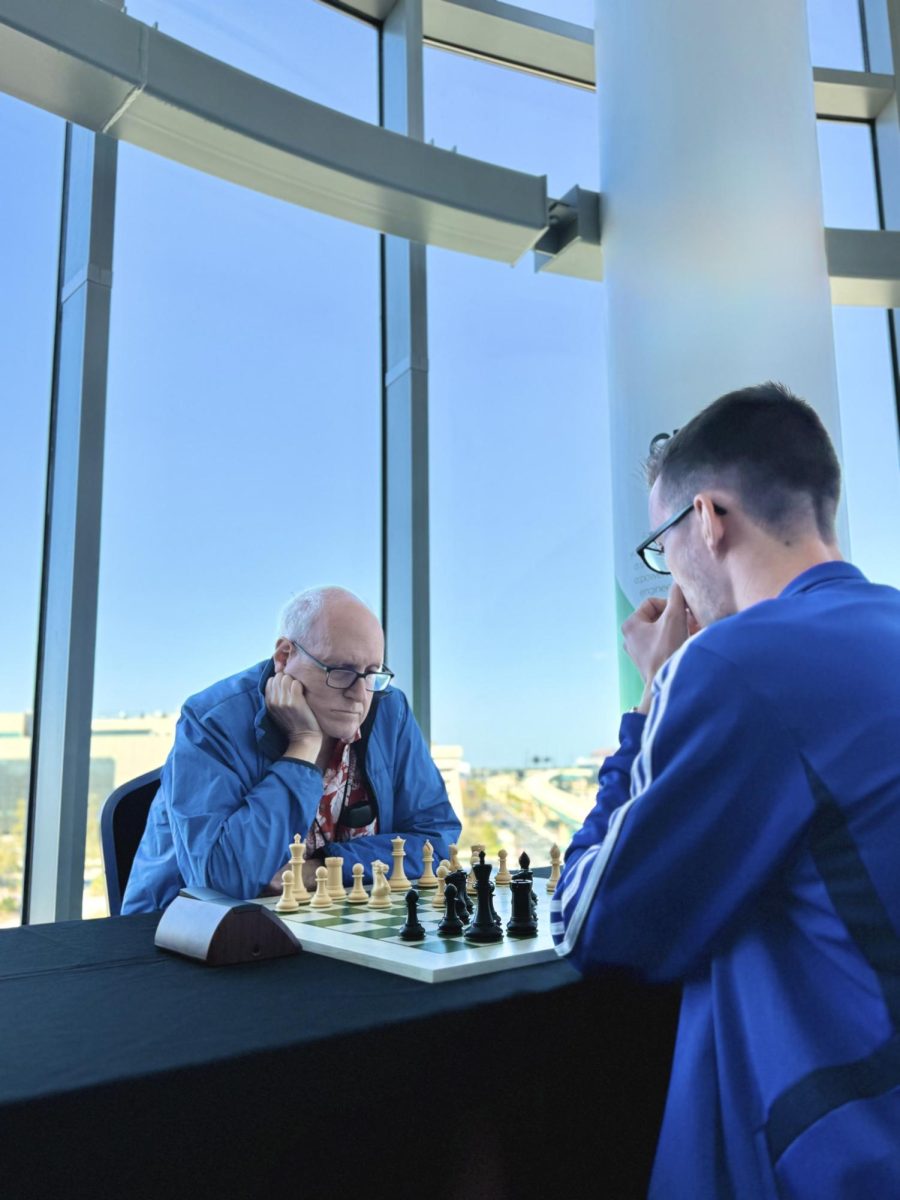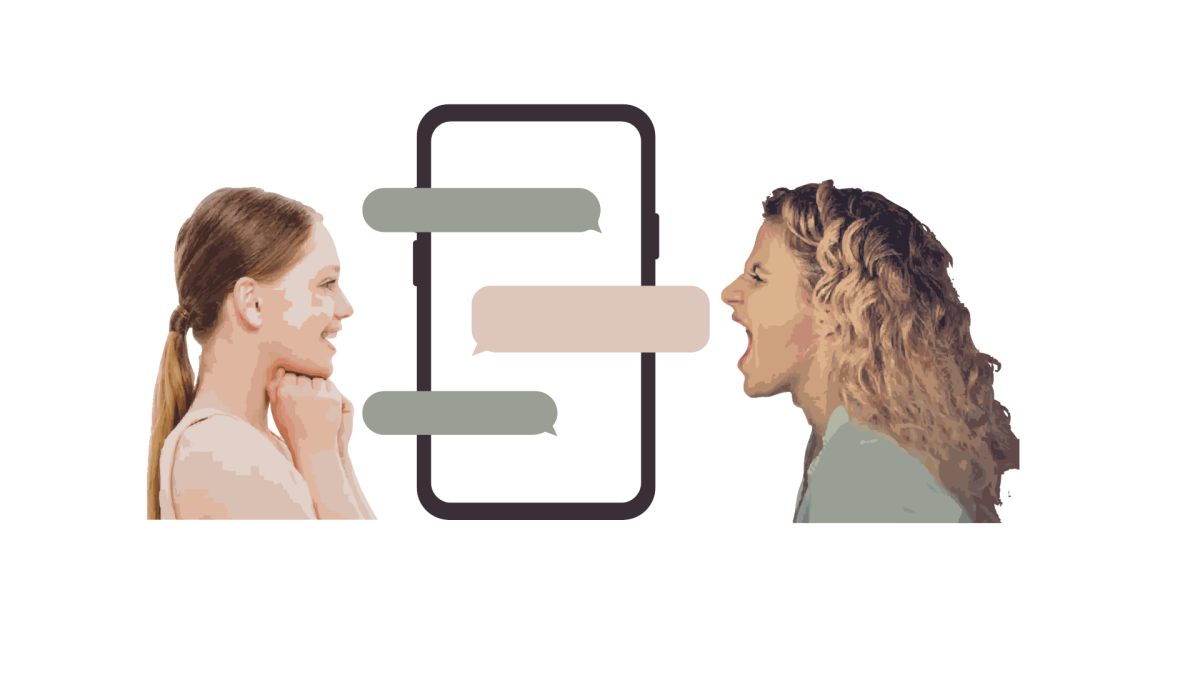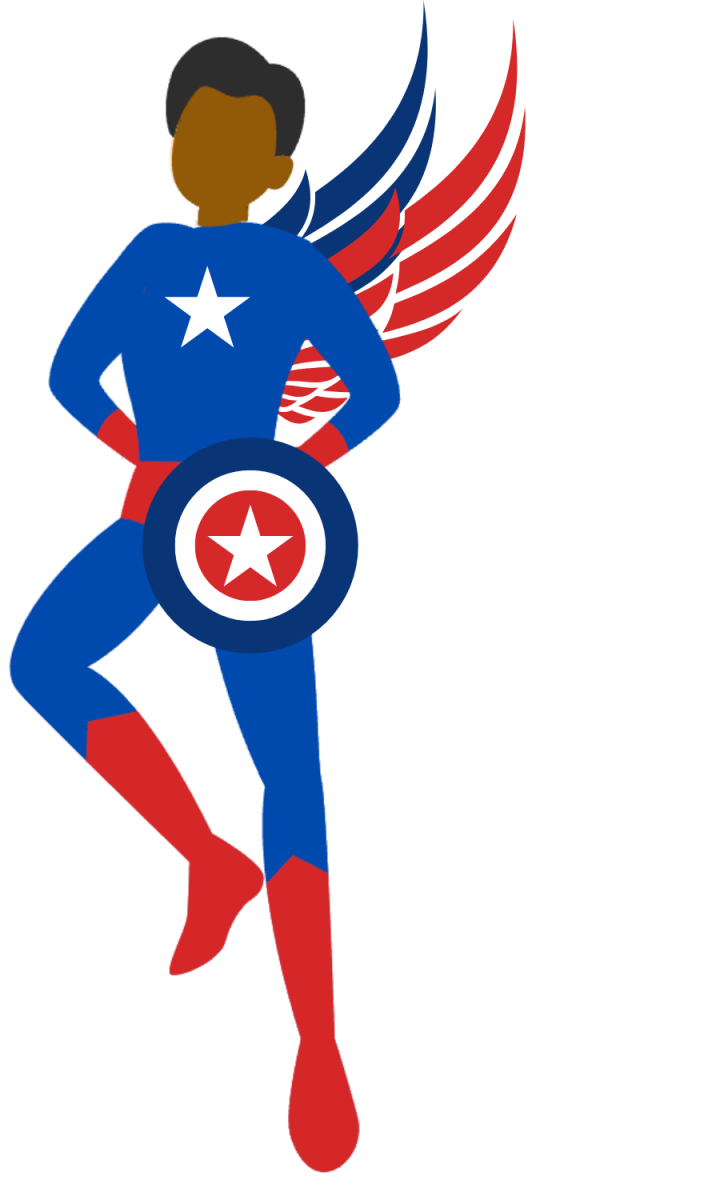A student is sitting slumped in a chair at the 60-minute mark of an 80-minute class. Time slows down and the teacher’s words begin to disintegrate into an incomprehensible Charlie Brown teacher-esque nonsense. With thoughts of lunch being the only thing on the student’s mind, it’s seemingly impossible for them to stay focused.
It can be hard to stay focused and not space out during class. Everybody is a different kind of learner, so here are some ways to combat distractions and pay attention in class.
- Taking Notes – Not only does taking notes help with focus, it also gives you a resource to look back at later for tests. “Teachers mention important parts of the topic in class, so trying to pay attention and trying to take good notes is half of the success,” Latin teacher Bozena Lawson said. Taking notes also helps you focus on the key parts and important details of the lesson, making it easier for you to understand the information. It also makes it easier by teaching you how to prioritize and organize these key parts.
- Drawing the Lesson – Doodling while listening to a lesson helps many students absorb the information, including junior Sam Miller. “I usually doodle, just because it’s a tactile thing,” Miller said. “That does help me focus and gain information. I’m a person who likes to have something to do tactile and listening wise, so it helps me focus in the sense that I’m doing something with my hands. It makes it a bit easier to listen too.” While any kind of doodling during class will help stimulate your brain, doodles that relate to the lecture can help to simplify complicated concepts. For example, if a student doodled an animation of mitosis, then it could help the student more than staring at plain biology notes for hours. Professor Jesse Prinz from New York University claimed that doodles are similar to postcards. If you forget parts of a lesson, looking at a doodle can help bring parts of the lesson back to you, just like how postcards can help you remember parts of a trip.
- Squishy Balls – Research shows that many sources and studies have found that physical activity like fidgeting can help prevent distractions and lead to better focus. According to Upper School Counselor Sarah Hill, “A lot of times, students that are kinesthetic learners need some kind of movement. Sometimes people do need something at their desk, as long as they’re not distracting others. A lot of times if they tell the teacher: ‘Hey, this is a great way to help me stay focused,’ they will get permission to use it in class and they won’t distract others.” Many students who focus better with movement use stress toys. According to a study, students who were given a squishy stress ball to use in class were less distracted. However, other fidget toys like the fidget spinner don’t work because once it starts spinning, it doesn’t require you to continue spinning it, as opposed to the stress ball’s ability to be squeezed over and over in a short span of time.
- Twiddling Your Thumbs – Small movements like twiddling your thumbs and tapping your foot fall under the same category as the stress balls. An alternative to using a physical object, these methods could be better than actually having something in your hand because it’s less noticeable and distracting. It also skips the hassle of having to remember to bring an object to and from school and each classroom. Fidgeting sometimes is done subconsciously, but it also helps when done deliberately. Either, way fidgeting subconsciously and deliberately both help with focus.
- Eating a Snack – Studies have shown that being hungry takes away from students’ concentration, so going to the Grille before class or carrying a snack is a good idea. Although eating during class can be beneficial to one’s concentration, it’s not always allowed. Hill believes that eating during class is usually a distraction, but it can be ok if its small. “If you have a big meal like a big Chick-Fil-A bag that’s crumbling, it’s a distraction to the person and to others,” Hill said. “If you have like a little snack bar, usually teachers are okay with that because you’re just getting a small snack. It depends on the class and the environment.”
- Chewing Mints (Because Gum Isn’t Allowed) – You can’t always eat in class, especially during a science lab involving chemicals or a socratic seminar in english, so mints are another option. Although gum is the more popular option, chewing it goes against the handbook, so mints are the better alternative. The peppermint in mintsis a great remedy that can help boost memory and concentration, and they also provide a relaxing effect and an increase in focus. Spearmint is also a good booster of memory and attention. There is a difference is taste, as peppermint has more of a sharper flavor, while spearmint’s flavor is more subtle, so it comes down to which one you prefer.
- Choosing Where To Sit – The best spot to sit in the classroom is different for everybody. “Some students like to be in front because they feel like they get distracted in the back,” said Hill. “Some students like to sit in the back thinking that they feel a little bit safer, or like they’re in a little comfort zone.” Sitting in the front also makes it easier to see the board. Students should be honest about where the best place is to sit is and then sit there, even if it’s not next to a friend or if its more uncomfortable. Not all teachers allow students to choose their own seats. However, letting the teacher know if you focus better in a certain spot in the classroom is always an option.
- Raising Your Hand – Choosing to raise your hand and participate in class can be hard, but it’s a great way to stay engaged. “Participating is sometimes hard for students,” Hill said. “They don’t always want to raise their hand, especially if they’re not sure of the answer. But I do think that the more that they engage means they are more on pace with the teacher and interacting.” Setting goals to try and raise your hand more in class could help you feel more comfortable raising your hand on a regular basis.
- Looking Forward to Class – Having a positive attitude can help a student relax and have better concentration. Having a good attitude includes looking forward to class and being willing to stay alert. “I always try to tell my students that what they are getting from the class is really up to them, and that they need to take ownership of their learning,” Lawson said. “When you think: ‘Okay, I really want to learn this particular topic,’ I’ve seen that results are better because students pay a little more attention, take better notes, and make an effort to learn.” Many students find it difficult to be positive on a block day when there’s still 40 minutes left in class after 40 minutes have already gone by. One thing that can help with this is by finding motivation.
- Finding Motivation – One way to help you achieve a positive attitude is by taking your assignments and tests seriously. When you know that a big test is coming up, and you’re trying to keep an ‘A,’ use the test as motivation for you to concentrate during the lesson. Pressure can help some people focus. “I do think when there is an assessment, whether it’s a test or a quiz, students are more likely to pay more attention,” said Hill. “Especially knowing that they’re trying to gain and absorb as much information as possible for the assessment.” It’s also important to take your classes themselves seriously. Whenever you feel yourself spacing out during a lecture, just remember that it’s better to spend 80 minutes in class paying attention to the lesson than to spend 3 hours at home trying to learn the material on your own.
Remember that everybody is a different learner. So it’s up to every student to find what works best for them, even if it’s not on this list.













